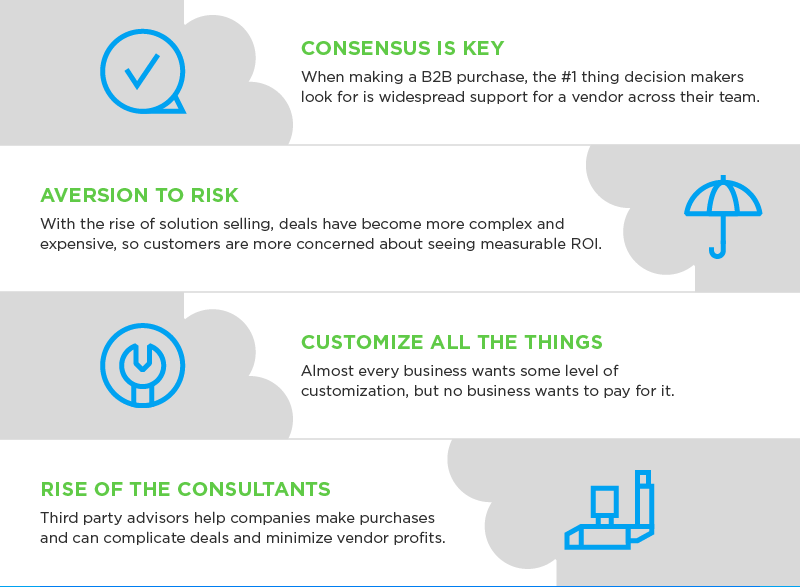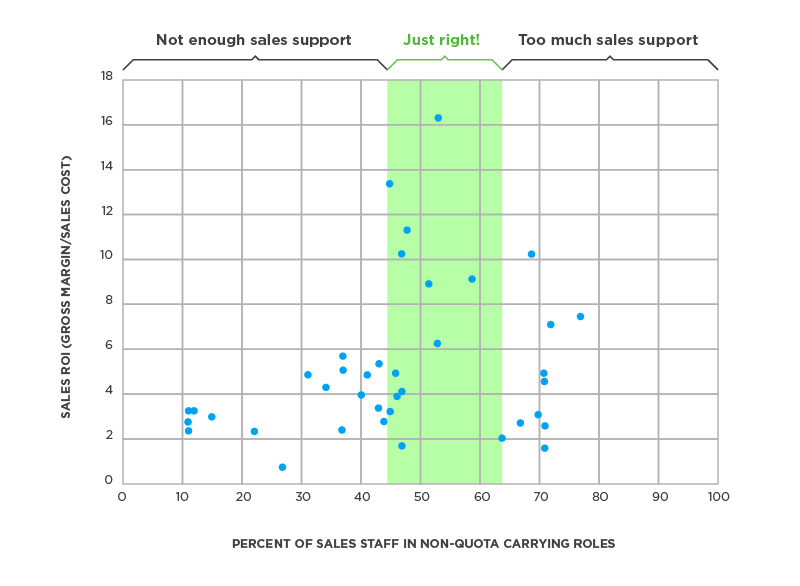Sales is constantly evolving. This means that your old sales strategy might be well overdue for an update.
In recent years, a renaissance is occurring fueled by both sales software and changes in buyer behavior. Continuous innovation of sales technology and relentless focus on individual seller activities has forced sales management to adapt.
 Modern sales teams are almost incomparable to the phone-pounding, cold-callers that dominated the sales floor twenty – or even just ten – years ago. However, some sales organizations are woefully behind on adapting their sales strategy to modern times. That’s why DocSend put together this handy infographic on the evolution of sales to get sales management up to speed and operating efficiently. Here are the biggest takeaways to help you update an outdated sales strategy:
Modern sales teams are almost incomparable to the phone-pounding, cold-callers that dominated the sales floor twenty – or even just ten – years ago. However, some sales organizations are woefully behind on adapting their sales strategy to modern times. That’s why DocSend put together this handy infographic on the evolution of sales to get sales management up to speed and operating efficiently. Here are the biggest takeaways to help you update an outdated sales strategy:
What’s Wrong with the Old Sales Strategy?
When teams employ lone wolves to do everything themselves, it creates some serious issues:
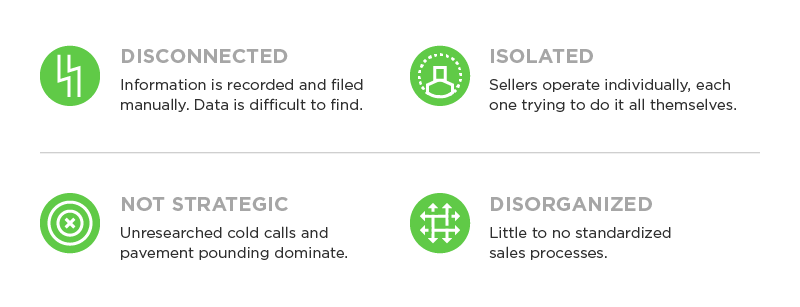
New Sales Strategy Required to Face Modern Challenges
Sales is now charged with navigating complex organizations, building consensus across multiple stakeholders and dealing with special requests – all while overcoming buyer objections. Sounds easy, right? In “The Challenger Sale” from CEB, four trends are identified as potential blockers for the modern sales rep:
Tactics for Updating Your Sales Strategy
Modern sales leaders can quickly modernize their teams by adopting three core principals.
1. Build a Custom Sales Stack.
A custom sales stack will support your sales team’s unique process and help them close more deals at a faster rate. With the invention of cloud-based SaaS, businesses no longer need to have their IT department roll out new technology – sales teams can do it themselves. Teams can add and remove new parts of their stack easily, which enables testing and experimentation with software-supported processes and tactics.
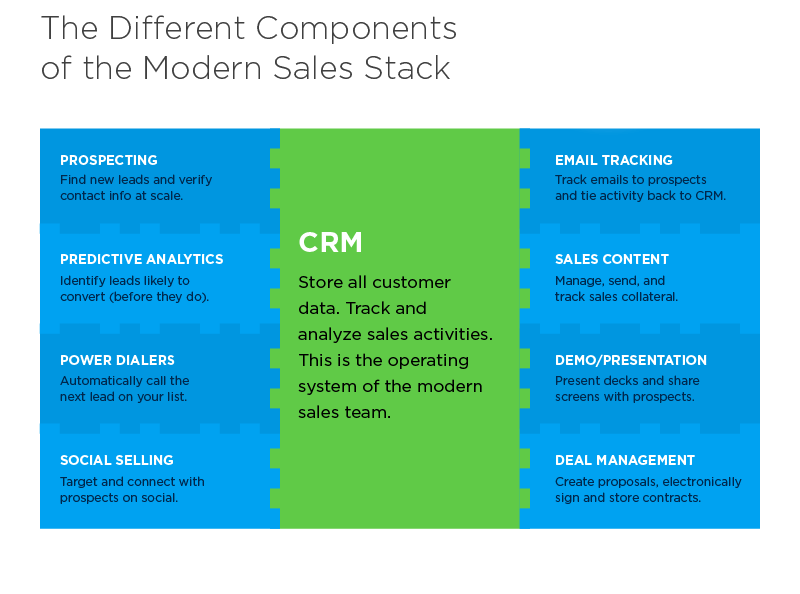 2. Refocus Team Efforts by Specializing Sales Roles.
2. Refocus Team Efforts by Specializing Sales Roles.
In “Predictable Revenue,” Aaron Ross details the new norm for individual contributors (ICs) on a sales team. By splitting the responsibilities of prospecting and closing between sales development reps (SDRs) and account executives (AEs), respectively, reps are able to focus on a narrower set of tasks and produce better results.
Many companies still expect salespeople to prospect and close their own leads, but this can create massive inefficiency, slowing down deals and ultimately dragging down revenue growth. By specializing roles, teams can create more wins by developing expertise instead of being stretched too thin.
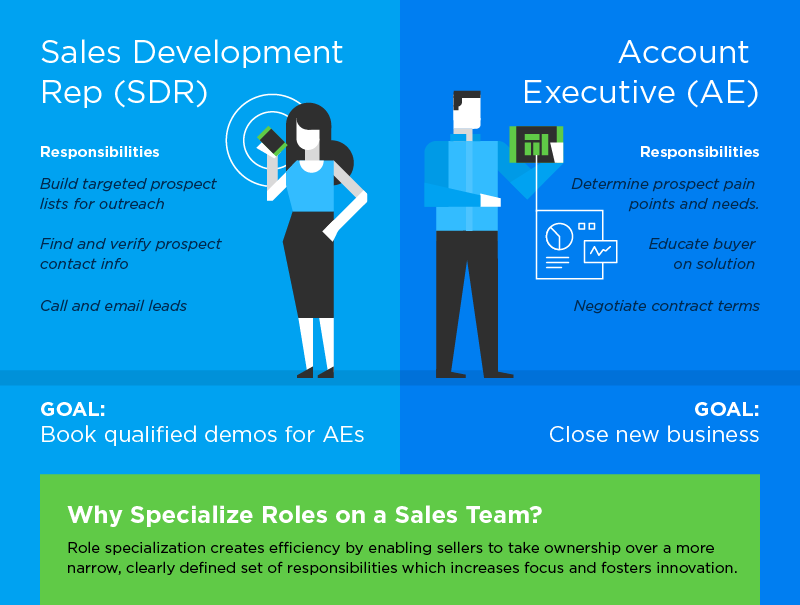
3. Create a Culture of Teamwork.
Customers may only interact with ICs during the sales process, but there’s a lot to the story. Lone wolf sellers – folks that wanted to be left alone so they could just “hit their number” – were common in traditional sales orgs, but data from McKinsey shows that supporting ICs with sales operations, sales enablement, ongoing training and automation can make a real difference. McKinsey found that sales teams achieved the highest ROI when about 50-60% of the team are in roles dedicated to supporting actual sellers.
The top sales teams are investing and experimenting with technology, working together as a team and specializing in their roles to build deep domain knowledge and expertise. It has created a new era of sales, and if your team is ignoring these trends — they could get left behind.

